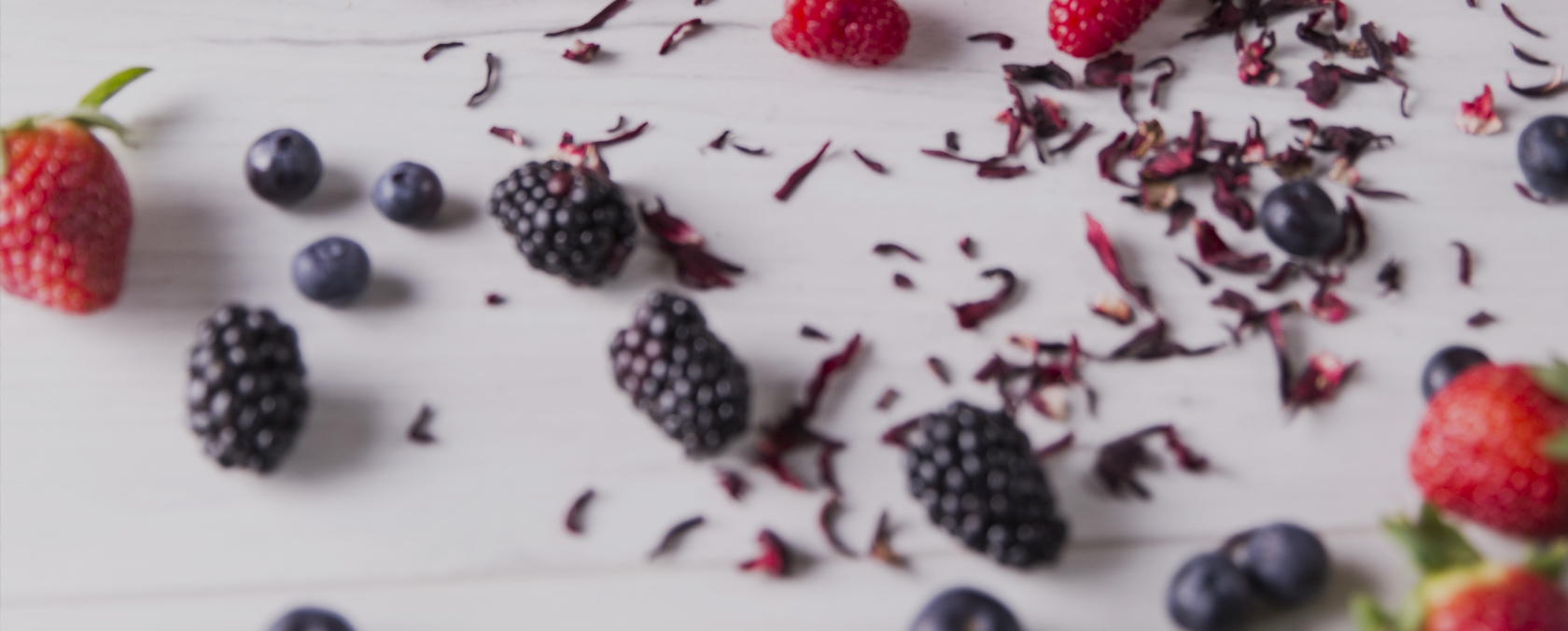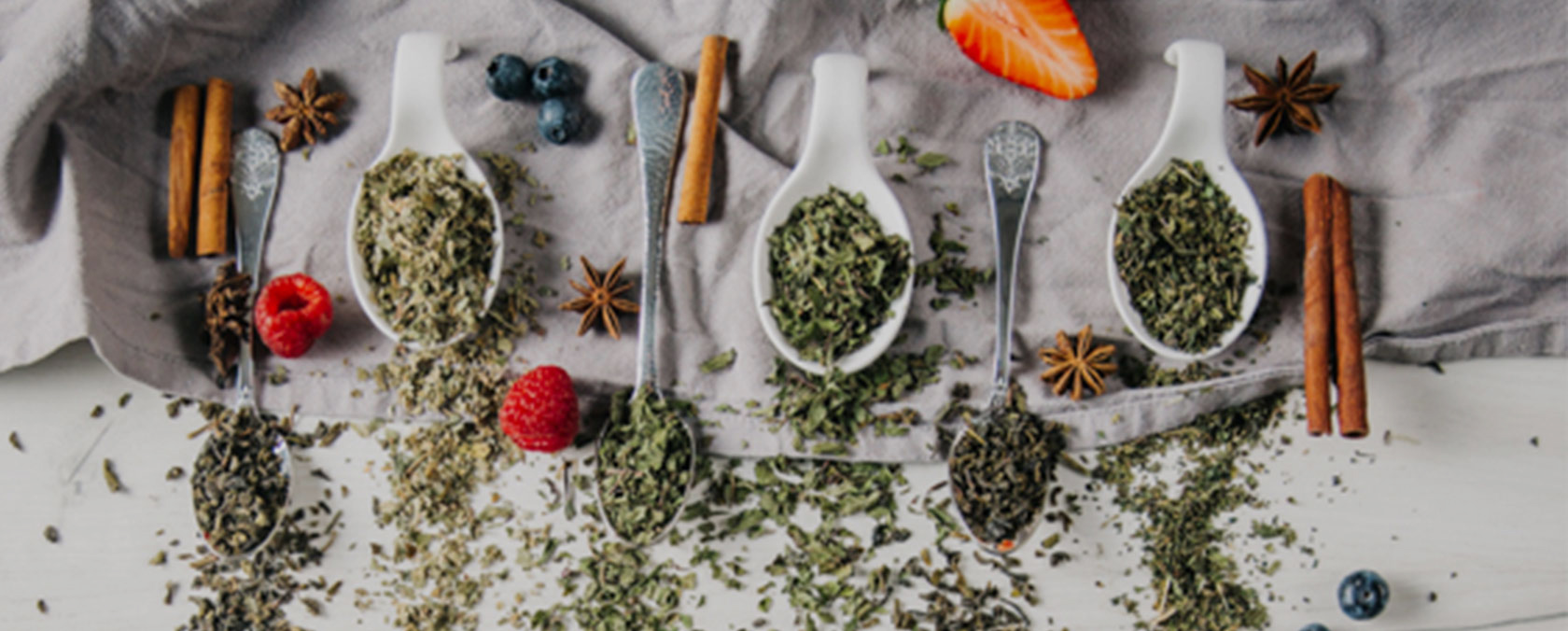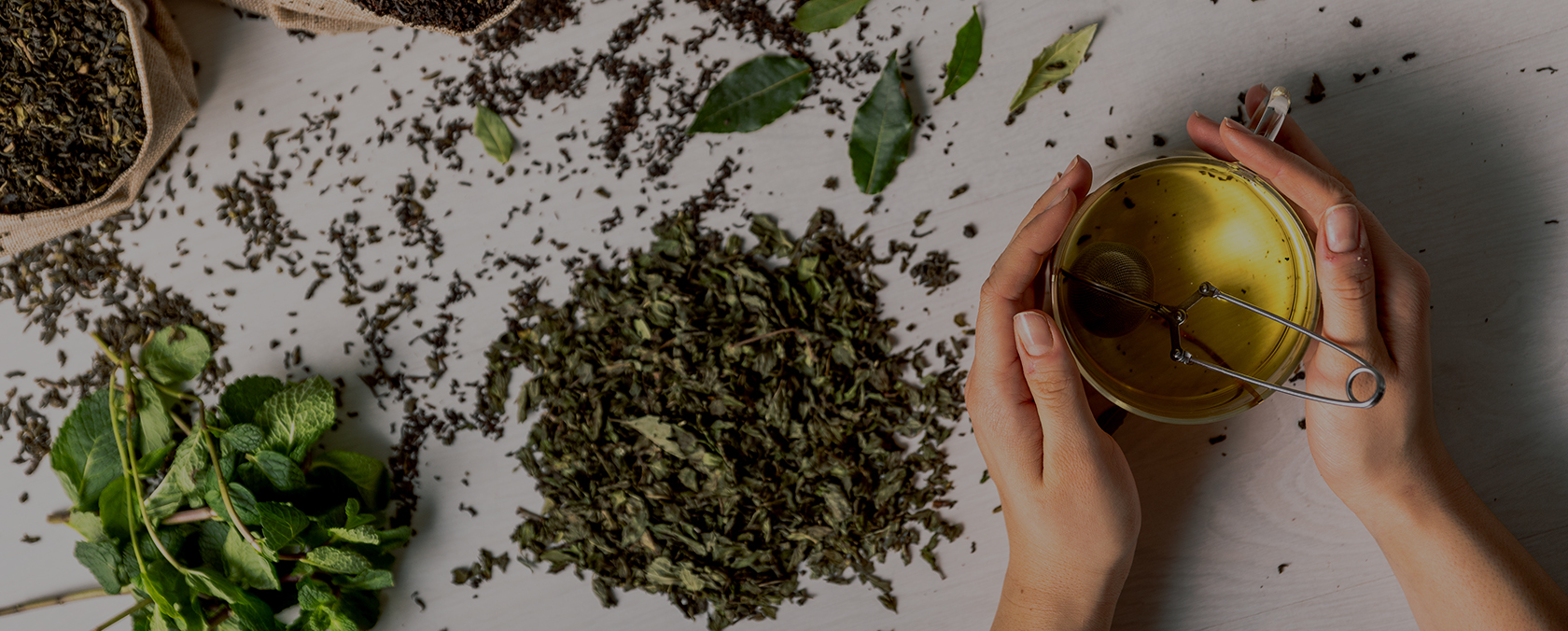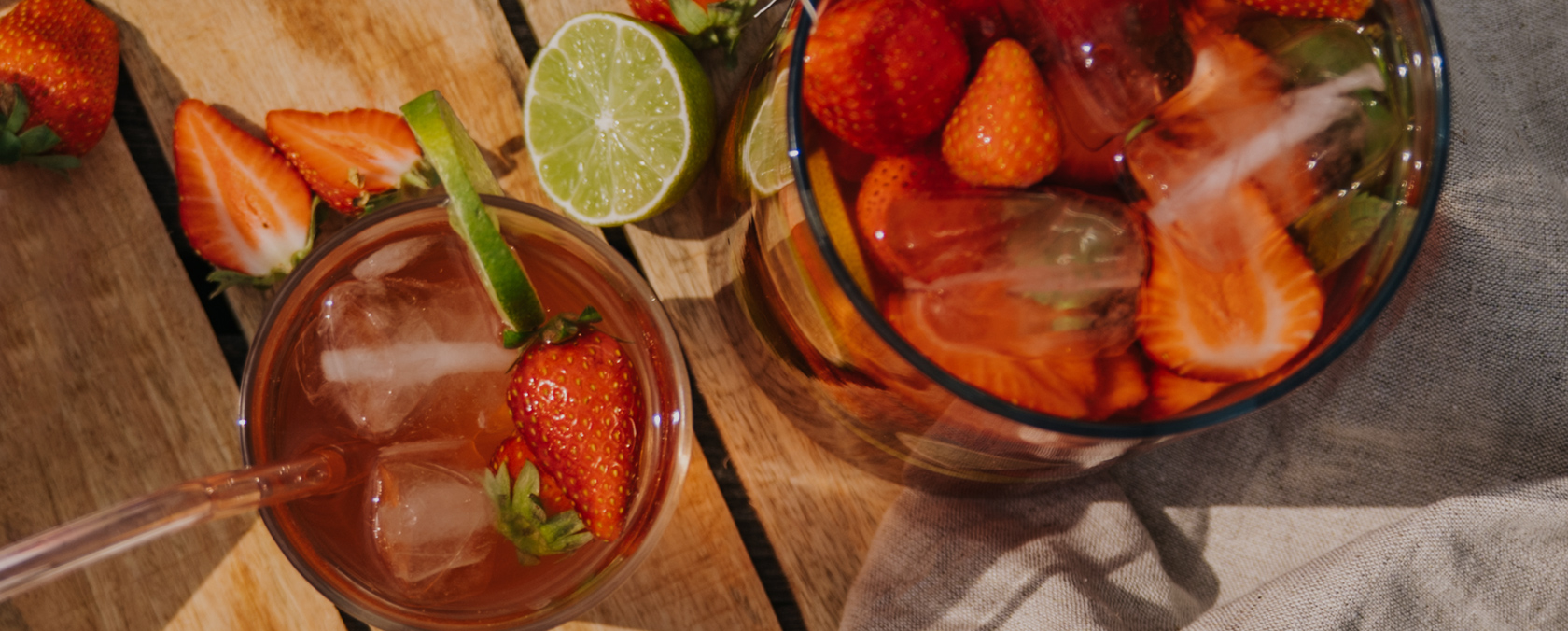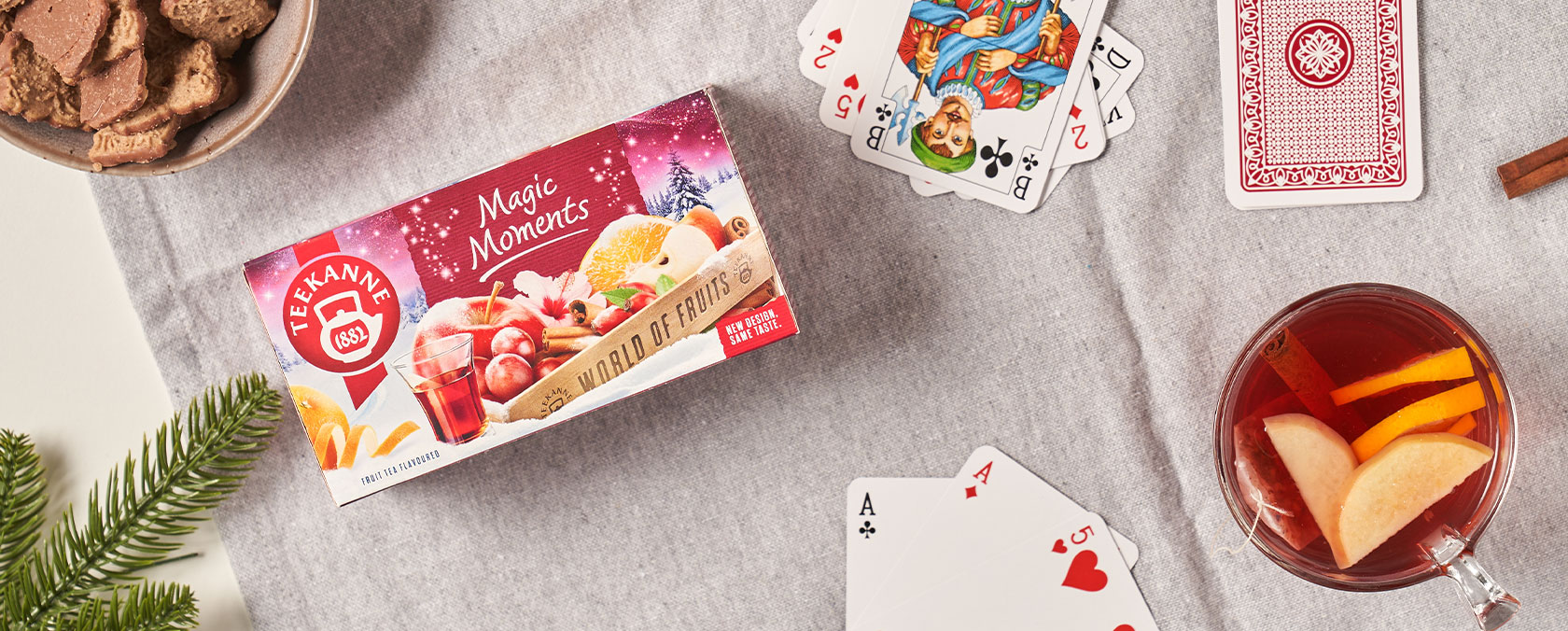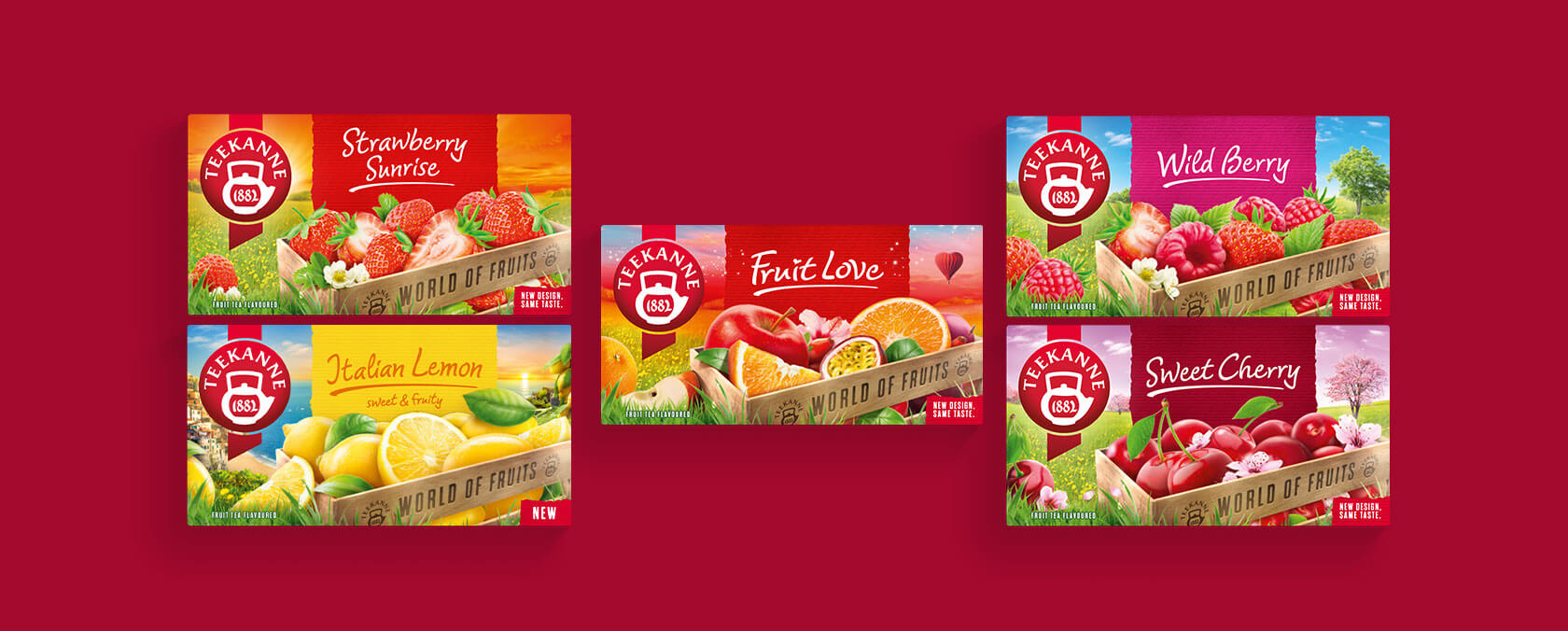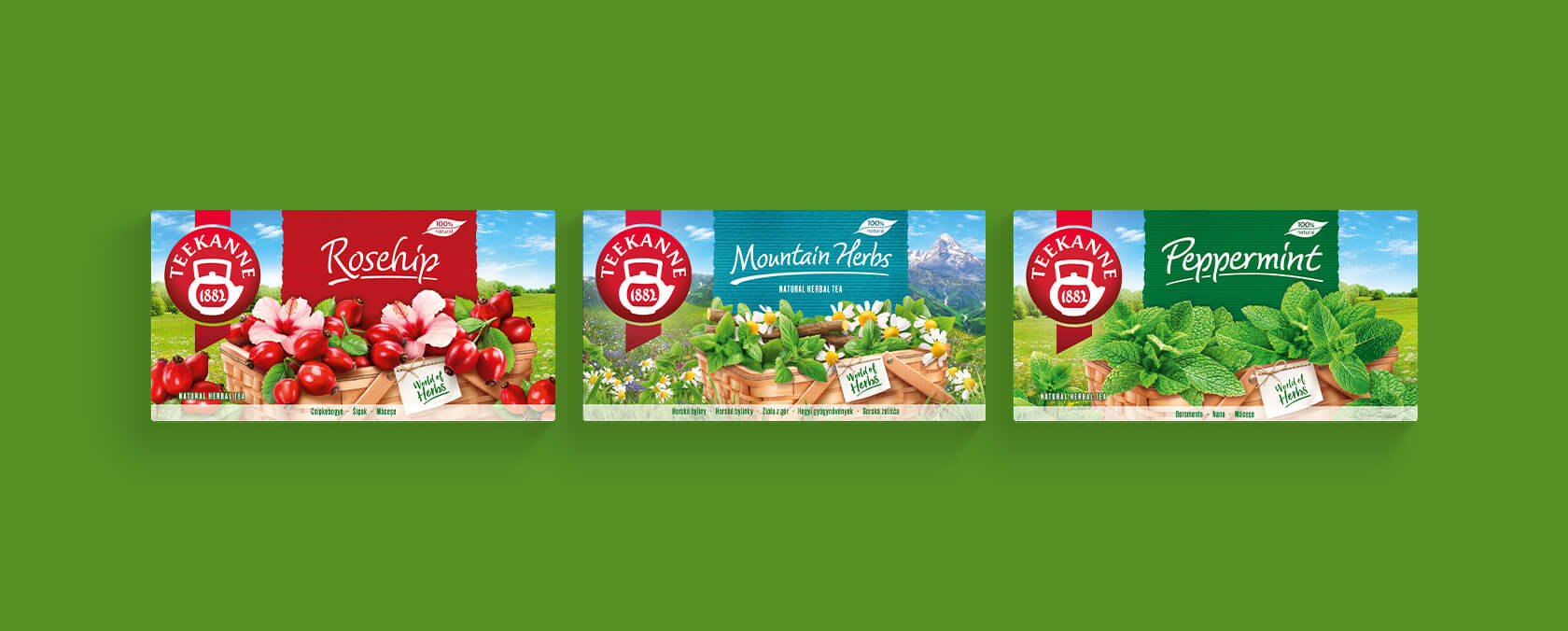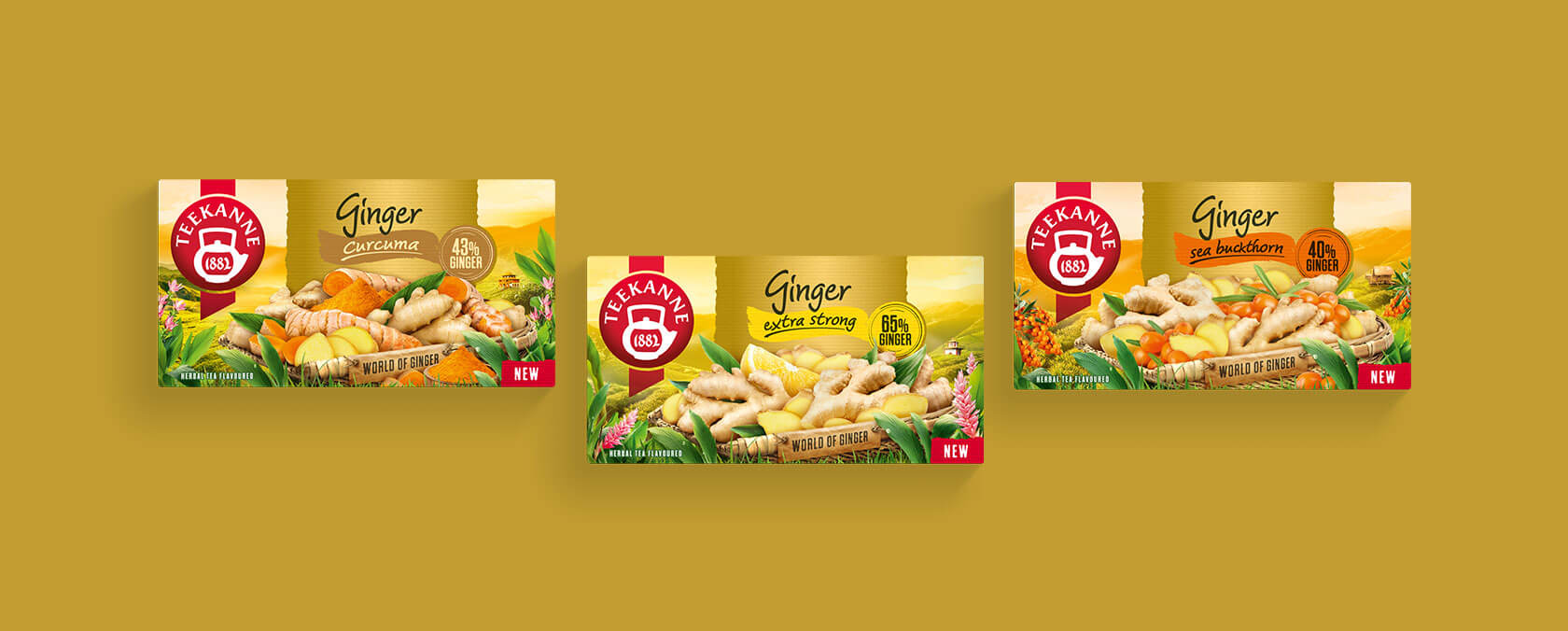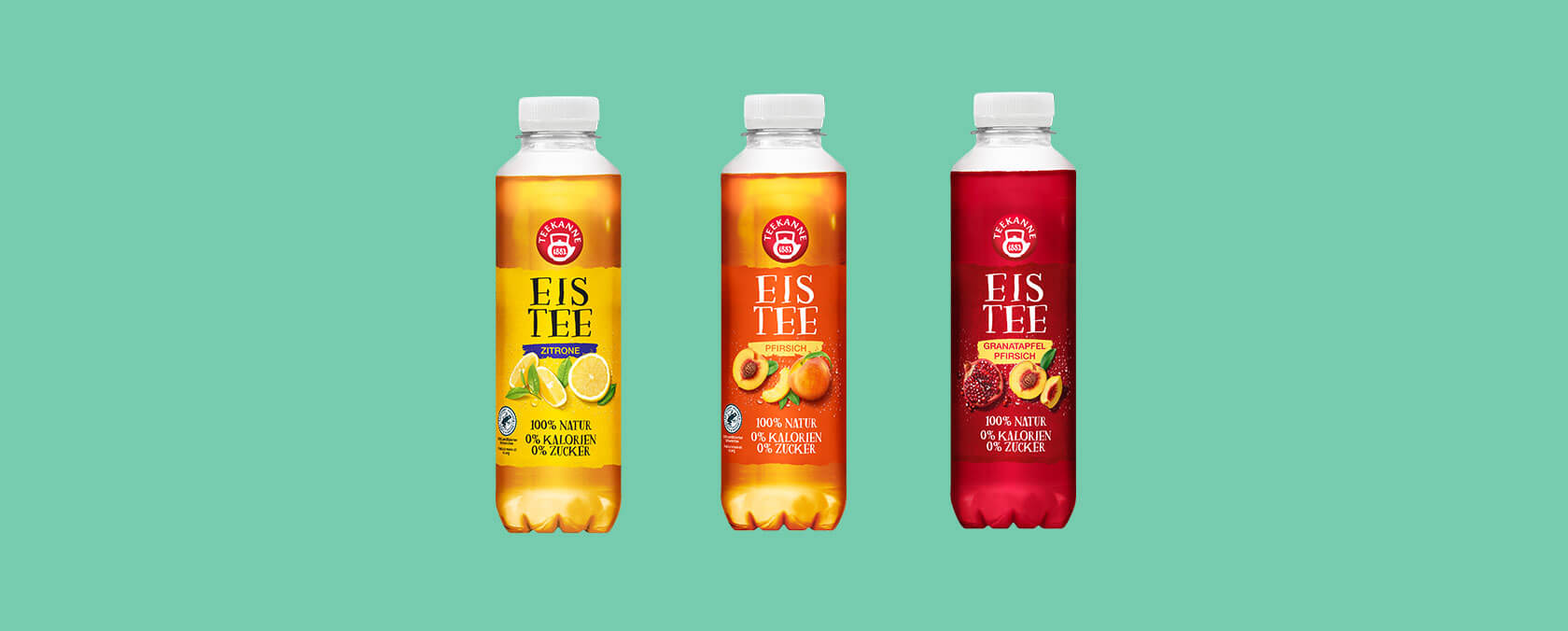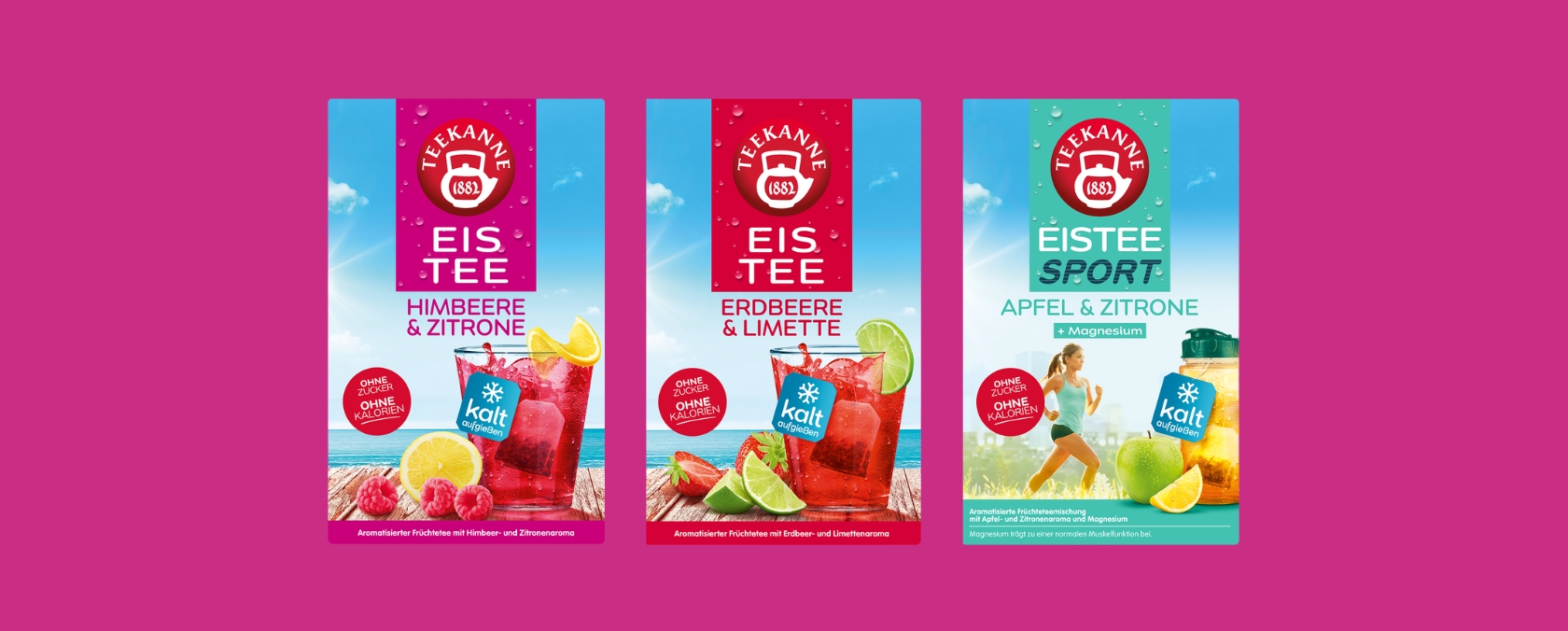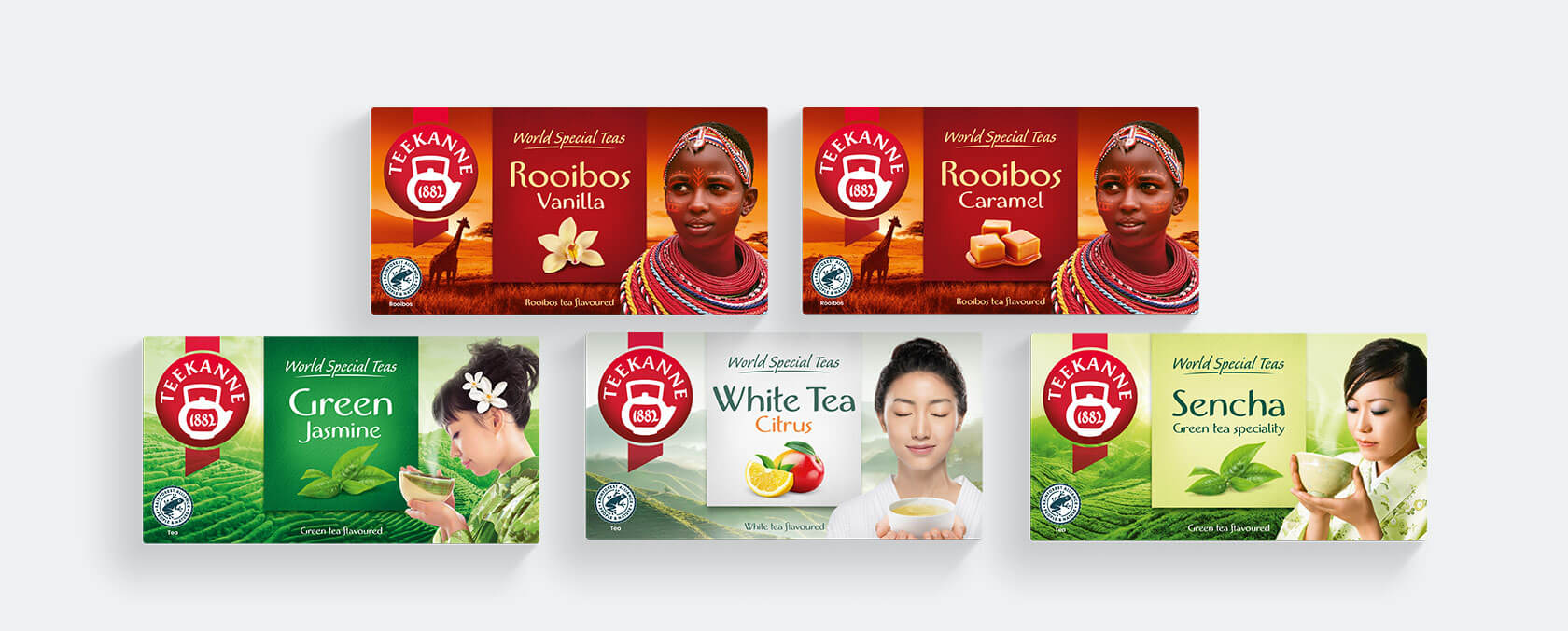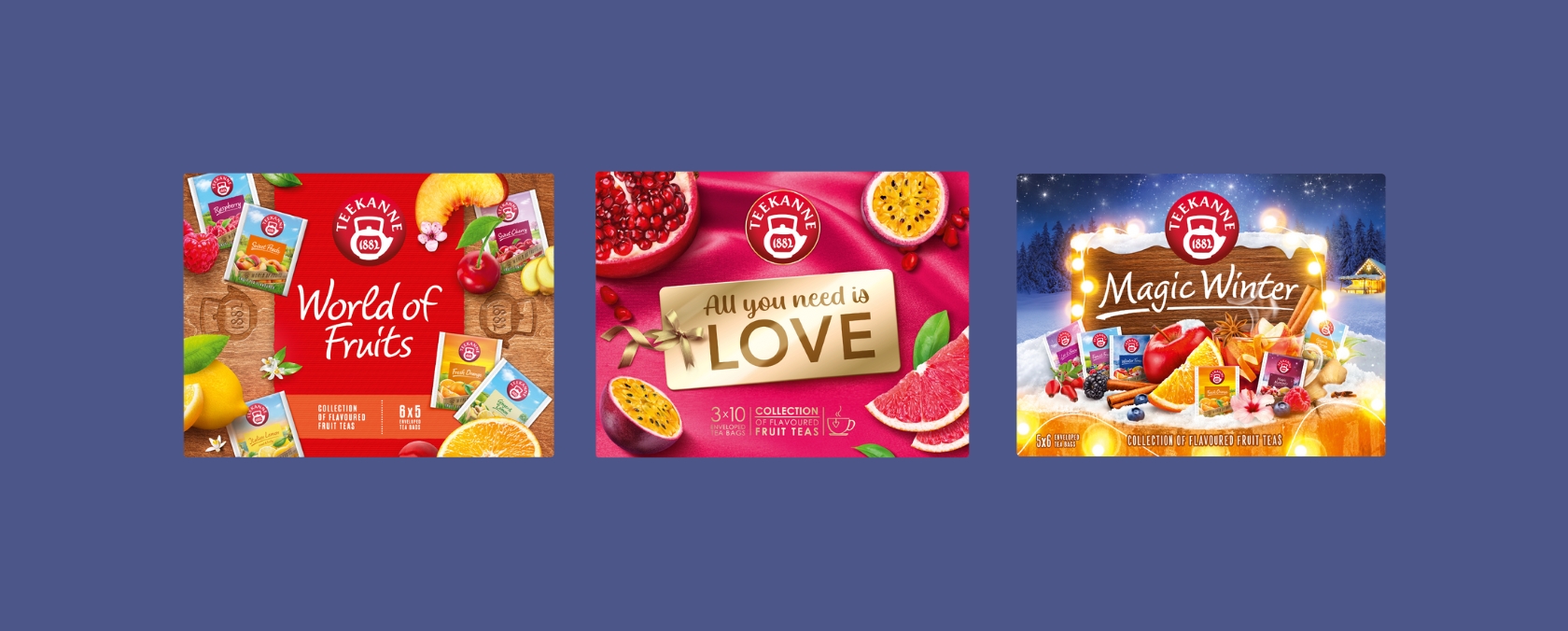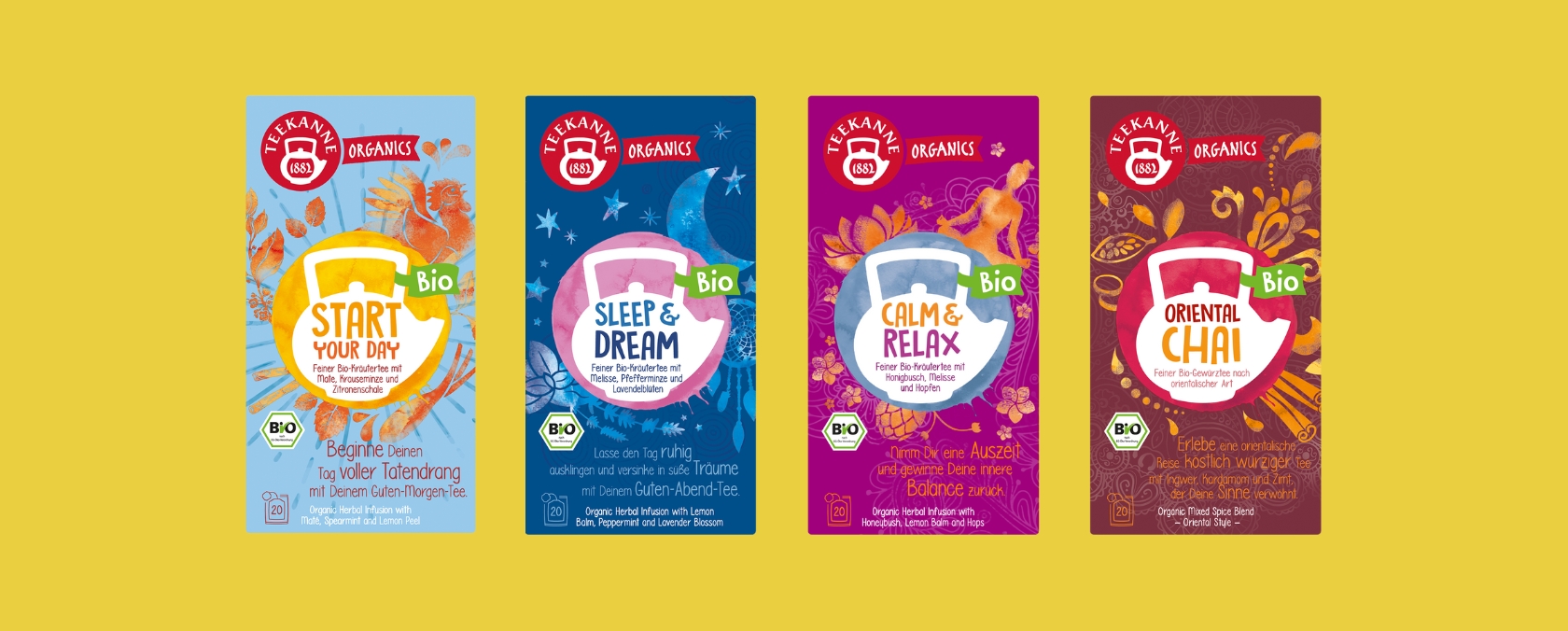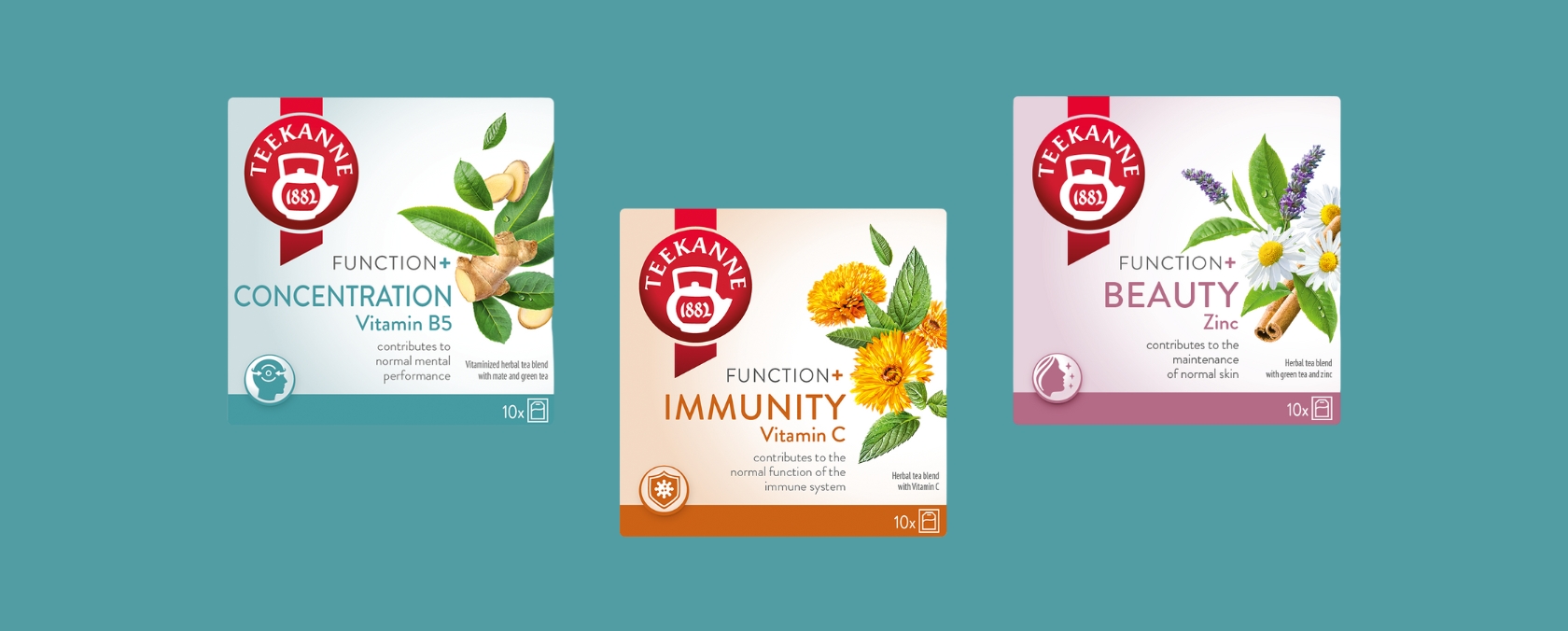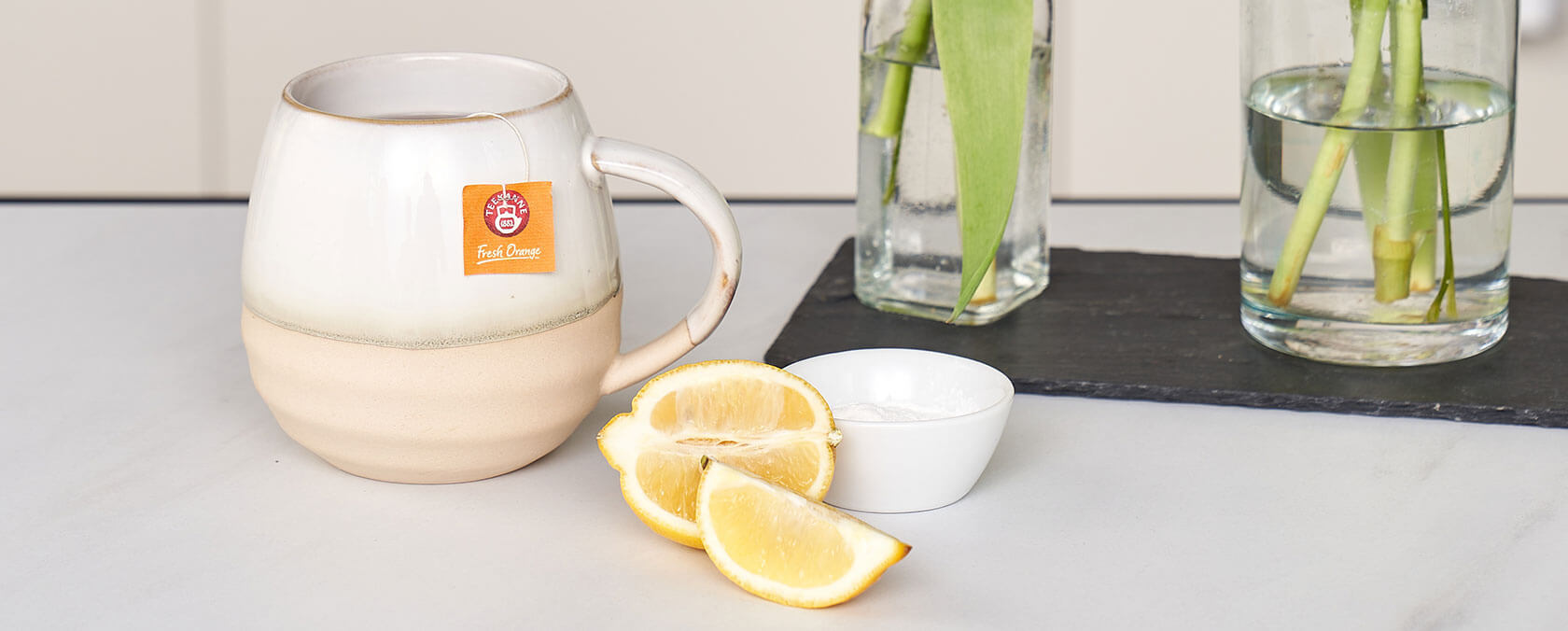All about tea
FAQ
The name “East Frisian tea” of course seems to say that the tea is grown in East Friesland, but the rough climate there is not at all suitable for growing tea. It is actually the name of a specific flavour of tea that is very popular in East Friesland.
The East Frisian tea blend is based on a strong, balanced, malty Assam tea that is rounded off with high-quality Darjeeling, Ceylon, Java or Sumatra varieties depending on the specific recipe. The East Frisians like their tea best with “kluntjes” (rock sugar) and “rohm” (cream)
The popular flavoured black tea is named after Earl Grey of Howick Hall, prime minister of Great Britain under King William IV in the early 19th century. The fine aroma of Earl Grey tea comes from the oil of the bergamot orange (Citrus bergamia).
There are many different legends as to how the tea got this particular name. This is the most plausible of them:
As prime minister, Earl Grey sent a representative to China on a diplomatic mission. This representative happened to save the life of a Chinese Mandarin (a high-ranking Chinese bureaucrat), who sent a delicious flavoured tea to Earl Gray in England as a token of his gratitude. This tea was flavoured with bergamot oil. Earl Grey was delighted with the pleasant taste, and from that point on only ordered this tea from his tea merchant. Over time, this tea was eventually named after its first “patron”. Today, Earl Grey tea is one of the most popular tea blends in the world
The English blend is found primarily outside of England. Blends with this name contain tea varieties of different provenances and have a strong flavour, as typical of most of the teas that are consumed in England. Milk and sugar go well with English blends.
Russian tea is also called caravan tea. This was the name for the tea that was transported on camels from China through Russia to Europe. Today, Russian tea can be bought as a Russian blend. It has a slightly smoky flavour.
Orange pekeo refers to the grade of the tea, in other words to the size of the tea leaf. Orange pekoe indicates a long, wiry leaf. The word Orange is said to refer to the House of Orange, the royal house of the Netherlands, and to mean “royal” in connection with tea. Others say the designation comes from the Malaysian word for large, “orang”.

